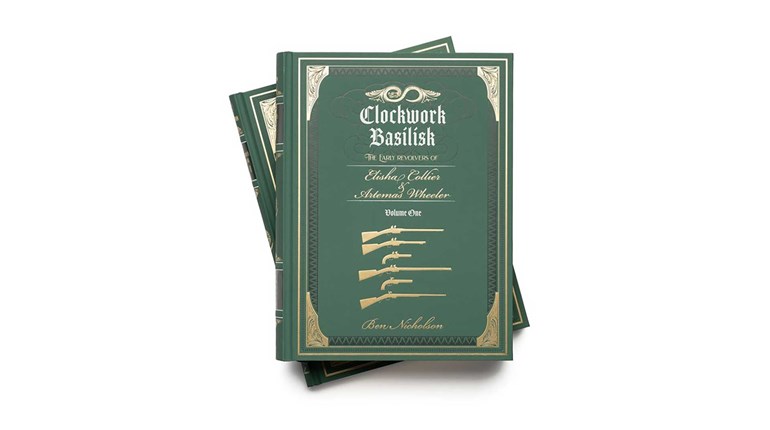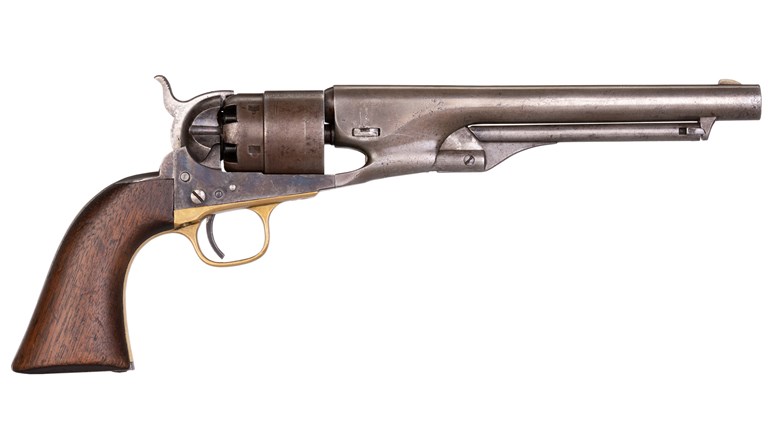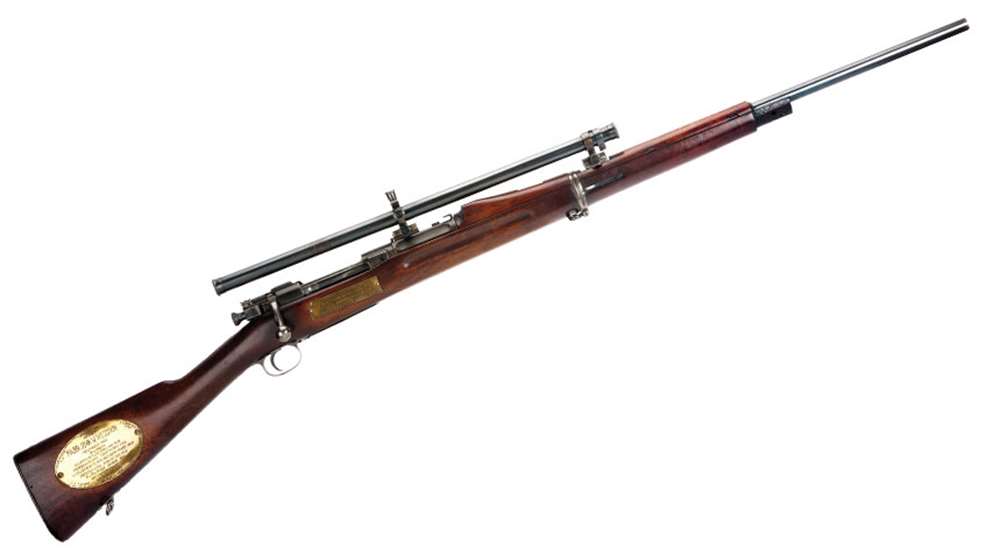
“…We shall fight on the beaches, we shall fight on the landing grounds, we shall fight in the fields and in the streets, we shall fight in the hills; we shall never surrender, and if, which I do not for a moment believe, this island or a large part of it were subjugated and starving, then our Empire beyond the seas, armed and guarded by the British Fleet, would carry on the struggle, until, in God’s good time, the New World, with all its power and might, steps forth to the rescue and the liberation of the old.”
—Prime Minister Winston Churchill to the House of Commons 4 June 1940
Churchill’s speech to the British House of Commons on June 4, 1940, came on the eighth and final day of the Dunkirk evacuation that had rescued 338,000 soldiers from the encircling German army, but left 40,000 British soldiers behind as prisoners. For Churchill’s “island nation,” invasion from across the channel seemed imminent. His call to “…fight them in the fields and streets...” could have been seen as more prophesy than prose. To this end, Churchill and Secretary of State Anthony Eden envisioned a 500,000-strong home-grown militia, later named the Home Guard, to defend the country. Within a month’s time, more than 1.5 million men had signed up.
The task before the War Production Board was epic. Not only did it have to re-arm and re-equip the 338,000 rescued soldiers of the British Expeditionary Force, it was now committed to uniforming and arming a million and a half volunteers. At first, armbands and a few privately owned shotguns were all the country had to face the anticipated German onslaught. British firearm regulations in 1920 and 1937 had effectively disarmed the average citizen in the United Kingdom and left the nation dangerously ill-equipped and ill-prepared for the daunting task that lay ahead: basic survival.
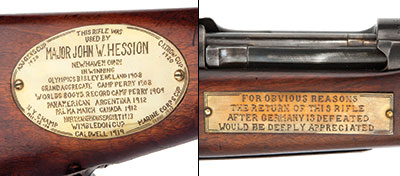
Among the earliest to aid in Britain’s defense was Charles Sweeny, one of 4,000 Americans living in the UK at the outbreak of World War II. He quickly formed the 1st American Motorized Squadron of the Home Guard and enlisted the help of BG Wade Hampton Hayes to lead the nearly 100 ex-pats who had joined the unit. He sent his father in Philadelphia a request for 100 Thompson submachine guns, and armed his unit with Model 1907 Winchester self-loading rifles. Sweeny, spoiling to get into the fight, was a founding member of the RAF’s Eagle Squadron and served with distinction throughout the war. Photos of the American Home Guard unit appeared in Life magazine showing the members jumping over obstacles armed with their M1907s.
Also assisting in the effort were numerous members of the National Rifle Association of America, who stepped forward to aid their cousins across the pond. Period newspaper reports stated that 500,000 Model 1917 Eddystone Enfields were being sent to the UK via the Lend-Lease act. Inexplicably, they showed up without training manuals. A reader of American Rifleman suggested to a British Embassy employee that the NRA might be of assistance. Within two hours of the initial request, an NRA employee presented 200 copies of the sought-after manual to an astounded employee at the embassy.
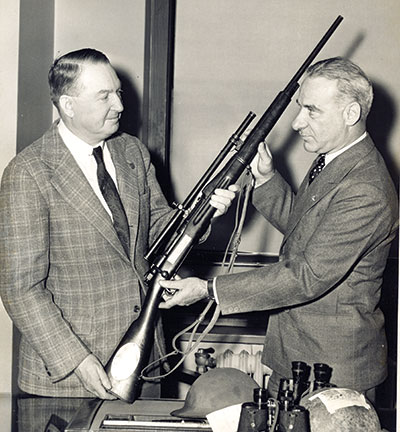
Perhaps the best-known story of the National Rifle Association’s efforts during the war centers on Charles Suydam Cutting, CBE, a close friend and hunting companion of Theodore Roosevelt Jr. and a well-known explorer and big-game hunter. He launched the American Committee for the Defense of British Homes headquartered in New York and took out full-page ads in American Rifleman magazine and others seeking gifts of “pistols, rifles, revolvers, shotguns and binoculars” to defend British homes. Cutting also scoured the country asking various police departments for confiscated firearms that could be sent to Britain. More than 3,500 firearms were sent to the UK to aid the war effort and equip the Home Guard.
Of the thousands of firearms Cutting gathered up, one holds a particular interest to members of the NRA. Today, it is on display in an exhibit at the NRA’s National Sporting Arms Museum in Springfield, MO. At first glance, it seems to be a beautiful Springfield Model 1903 rifle fitted with a Stevens scope, but the two engraved brass plaques tell a bit of its colorful story.
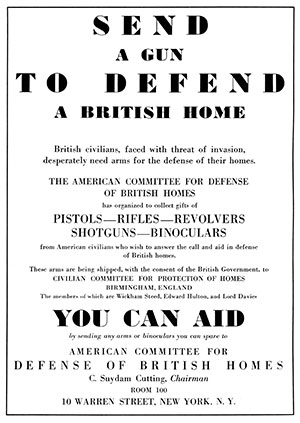 MAJ John W. Hession was one of the best long-range competitive shooters in the country. He competed in the 1908 Olympic Games in London, the Pan-American Games and hundreds of other competitions from Canada to Argentina. He generously gave his prized Springfield Model 1903 to the British war effort but, ever the optimist, added a plaque to the stock that read: “For obvious reasons the return of this rifle after Germany is defeated would be deeply appreciated.” Well, they were, and it was.
MAJ John W. Hession was one of the best long-range competitive shooters in the country. He competed in the 1908 Olympic Games in London, the Pan-American Games and hundreds of other competitions from Canada to Argentina. He generously gave his prized Springfield Model 1903 to the British war effort but, ever the optimist, added a plaque to the stock that read: “For obvious reasons the return of this rifle after Germany is defeated would be deeply appreciated.” Well, they were, and it was.
It is estimated that tens of thousands of NRA members not only enlisted and served once, as Churchill stated, “… in God’s good time, the New World, with all its power and might, steps forth to the rescue and the liberation of the old,” but thousands more became firearm instructors at the hundreds of training facilities throughout the country that eventually processed 16 million men and women into our armed services. (At least four NRA Members earned the Medal of Honor, and American Rifleman Editor-in-chief, Bill Shadel, served in Italy and France as awar correspondent.)
President Harry S. Truman, ADM Ernest King and GEN George Marshall all sent the National Rifle Association letters of commendation following the war thanking the organization for its tireless efforts to make a nation of riflemen the best marksmen on the field of battle.












